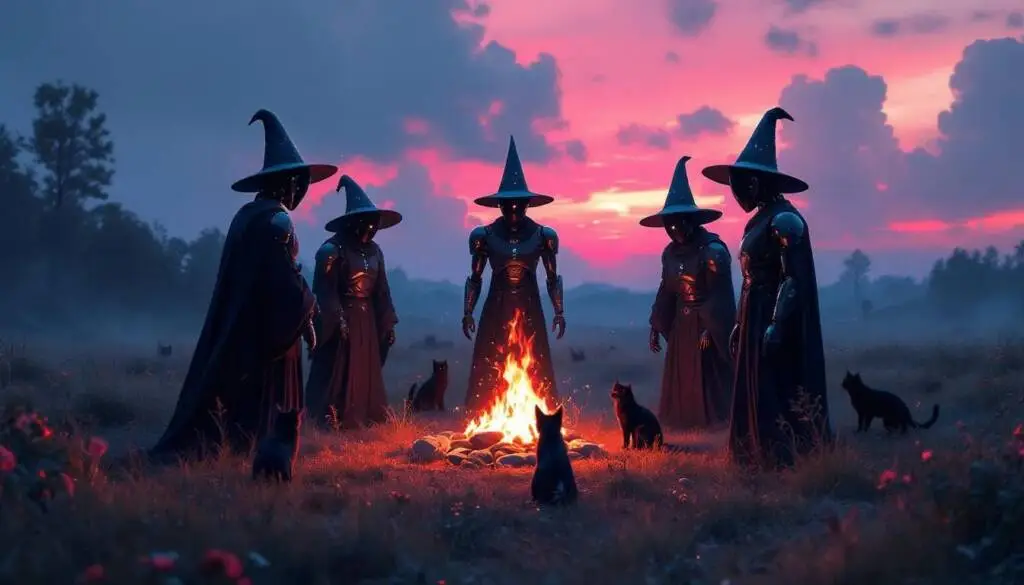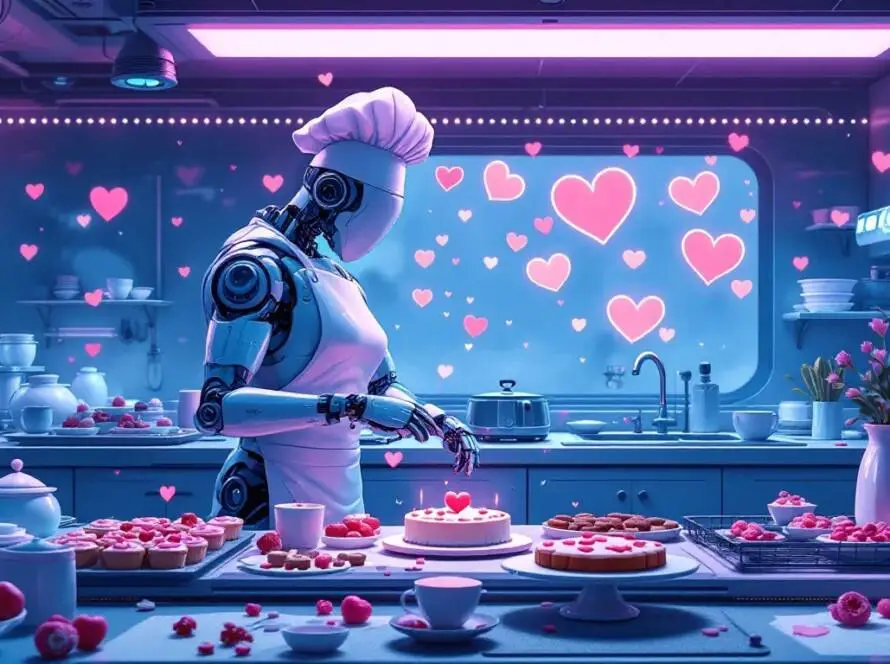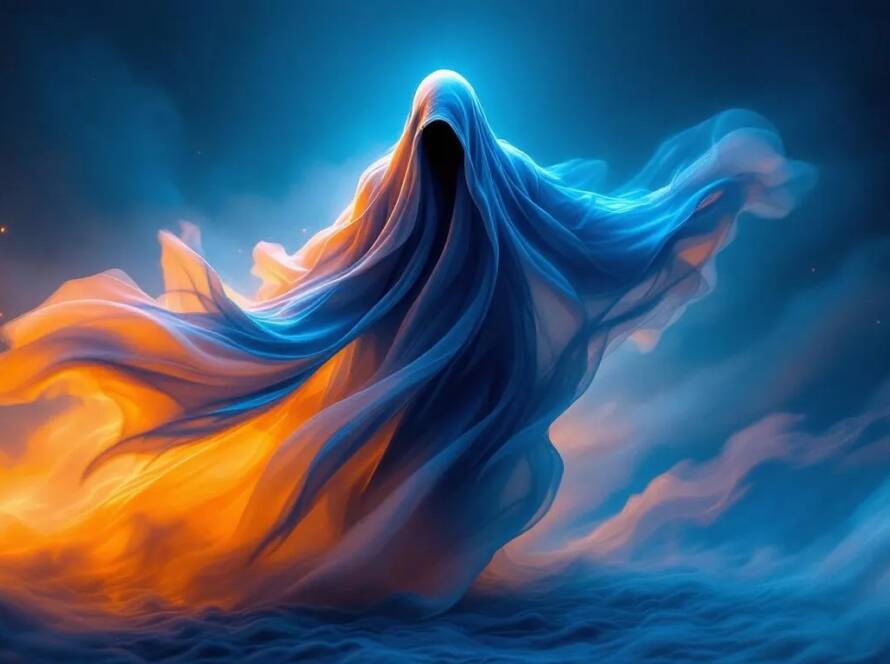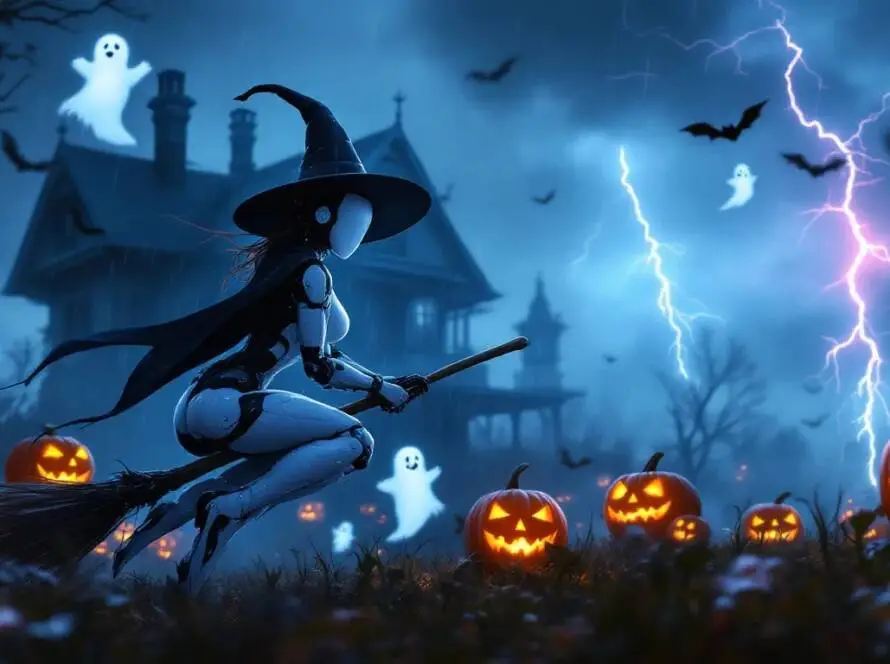Witchcraft and Halloween are deeply intertwined, with historical and cultural connections that have evolved over centuries. This relationship reflects humanity’s fascination with the supernatural, the unknown, and the cycles of nature. Here’s an in-depth overview of their connection.
Historical Background
Origins of Halloween
Halloween traces its roots back to the ancient Celtic festival of Samhain, celebrated on the night of October 31. This festival marked the end of the harvest season and the beginning of winter, a time traditionally associated with the supernatural.
- Samhain Traditions: During Samhain, it was believed that the boundary between the living and the dead was blurred, allowing spirits to return to the earth. To ward off these wandering spirits, people would light bonfires and wear costumes, a practice that laid the groundwork for modern Halloween celebrations.
Witchcraft in History
Witchcraft has been practiced in various forms throughout history, often linked to pagan traditions and folk magic.
- Witch Hunts: In medieval Europe, witch hunts became prevalent, fueled by fear and superstition. This led to the persecution of many individuals accused of witchcraft, often resulting in tragic consequences. The image of the witch, typically depicted as a woman with magical powers, became a symbol of fear and the unknown, particularly during the infamous witch trials of the 16th and 17th centuries.
Cultural Connections
Symbolism
Halloween incorporates numerous symbols associated with witchcraft, such as:
- Black Cats: Often seen as companions of witches, black cats symbolize mystery and the supernatural.
- Broomsticks: Traditionally associated with witches, broomsticks represent the ability to travel between worlds.
- Cauldrons: These are emblematic of potion-making and the magical arts.
- The Color Black: This color is often linked to the occult and the unknown, enhancing the eerie atmosphere of Halloween.
These elements reflect the historical association of witches with the supernatural and the occult, making them integral to Halloween’s identity.
Modern Celebrations
Today, Halloween is celebrated with a variety of customs, including costumes, trick-or-treating, and festive gatherings.
Witch Costumes: Many people dress as witches, showcasing the enduring fascination with witchcraft in popular culture. These costumes often feature classic elements like pointed hats, capes, and broomsticks, embodying the archetype of the witch.
-
Media Representation: Witches are frequently depicted in literature, films, and television shows, blending horror and fantasy elements. This portrayal contributes to the magical and supernatural themes of Halloween, captivating audiences and enhancing the holiday’s allure.
Contemporary Witchcraft
Wicca and Modern Paganism
In recent decades, there has been a resurgence of interest in witchcraft, particularly through Wicca and other forms of modern paganism.
- Nature-Centric Practices: These practices often celebrate nature, the cycles of the moon, and the elements, contrasting sharply with historical depictions of witchcraft as malevolent. Many practitioners view witchcraft as a spiritual path that emphasizes personal empowerment, healing, and a deep connection to the earth.
Halloween as a Celebration of Witchcraft
For some, Halloween serves as a time to celebrate and honor witchcraft in its various forms.
- Embracing Positive Aspects: This perspective embraces the positive aspects of magic and spirituality, allowing individuals to explore their beliefs and practices in a festive context. Halloween becomes a time for reflection, celebration, and community, fostering a sense of belonging among those who identify with witchcraft.
Conclusion
Witchcraft and Halloween share a rich history that reflects humanity’s fascination with the supernatural, the unknown, and the cycles of nature. While Halloween has evolved into a primarily commercial holiday, its roots in ancient traditions and the enduring image of the witch continue to captivate people’s imaginations. The celebration of Halloween not only honors these historical connections but also invites individuals to explore the diverse meanings of witchcraft in contemporary society. As we embrace the spooky season, we also celebrate the complex tapestry of beliefs and traditions that make Halloween a truly magical time of year.
Disclaimer:
The information provided in this blog is for informational purposes only and should not be considered professional advice. While we strive to provide accurate and up-to-date information, we make no guarantees about the completeness or reliability of the content. Any actions you take based on the information in this blog are at your own risk. Additionally, this blog may contain affiliate links, and we may earn a commission from purchases made through those links.



